Wildlife conservation has come a long way from clipboards and binoculars.
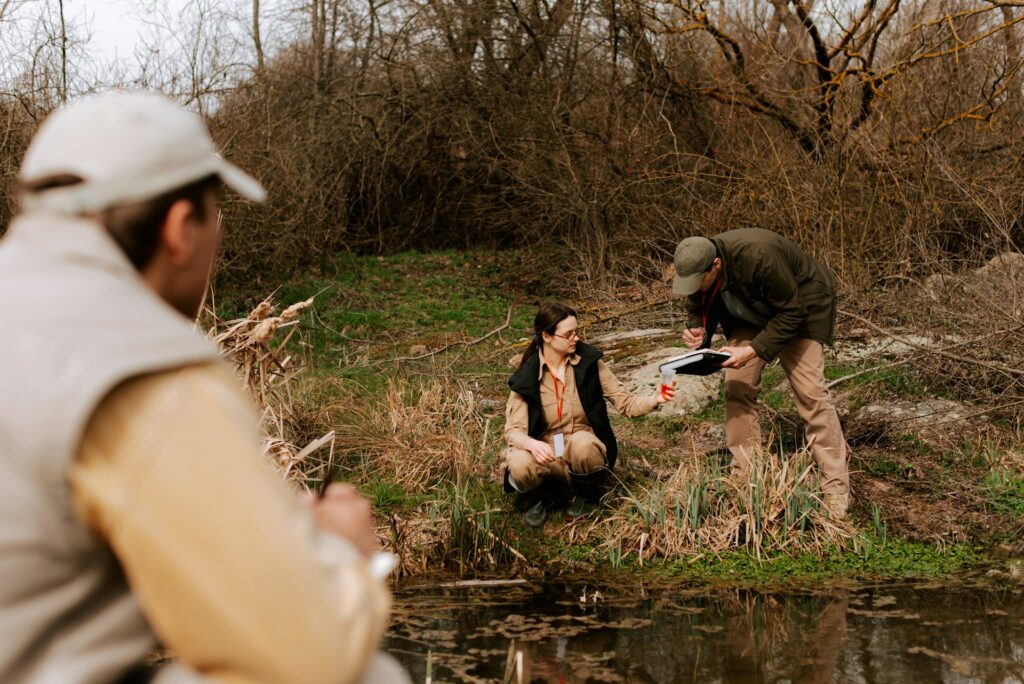
Today’s efforts to protect the planet’s most vulnerable species are powered by technologies that feel closer to science fiction than environmental science. These innovations aren’t just clever—they’re transforming how we understand, track, and protect wildlife in real time. Here are 10 conservation technologies that sound like they belong in a futuristic novel, but are very much real.
1. AI-powered animal recognition cameras

Conservationists are now using AI-integrated trail cameras that can identify species, log behaviour, and even flag poachers in real time. These smart systems scan images and video footage using deep learning algorithms, dramatically cutting down the need for manual review. Instead of spending hours sifting through data, researchers get real-time alerts when a rare animal, or a potential threat, appears. It’s like facial recognition, but for jaguars, rhinos, and wolves.
2. Satellite collars that send texts
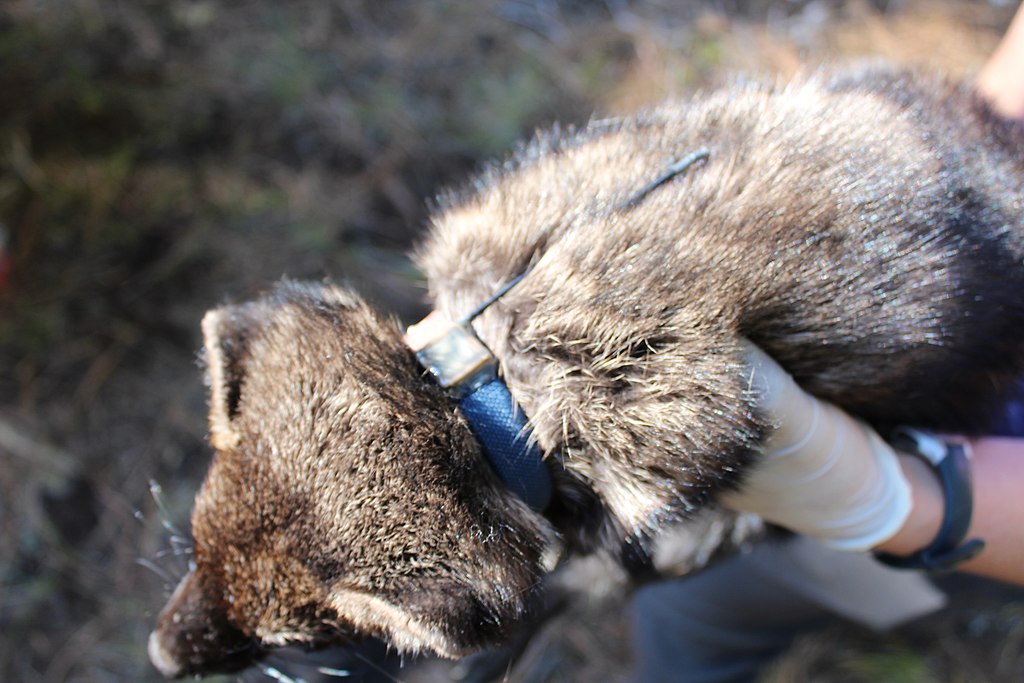
Some of the latest GPS collars used on large mammals do more than just track movement—they send alerts via satellite or cellular networks when the animal leaves a safe zone, enters human settlements, or behaves unusually. Conservation teams get instant updates, allowing them to respond to danger faster than ever. In some cases, these devices can even detect if an animal has stopped moving, possibly indicating injury or death.
3. DNA drones collecting airborne genetic material

Forget blood samples—some researchers are now flying drones through forest air to collect environmental DNA (eDNA) left behind by animals through skin cells, hair, or exhaled breath. This airborne eDNA can be analysed to detect what species are living in an area without ever seeing them. It’s like finding a fingerprint in thin air, and it’s helping scientists monitor elusive or endangered species with minimal disruption.
4. Virtual fences for elephant herds
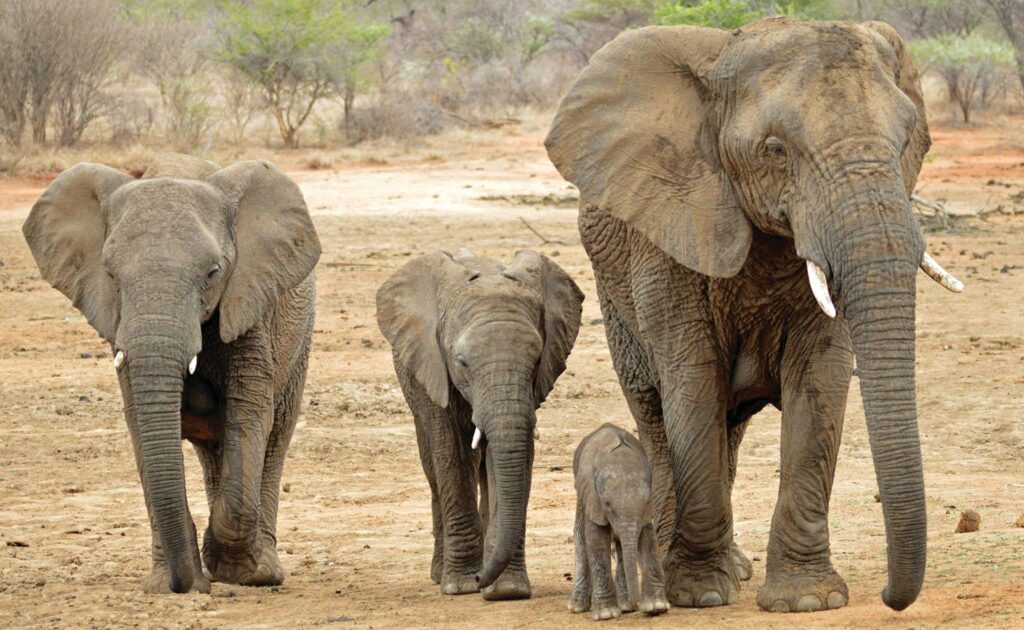
To reduce human-elephant conflict, conservationists have started using “virtual fences”—GPS-powered systems that create invisible boundaries. When an elephant approaches a high-risk area, their collar triggers a gentle vibration or low-frequency sound to steer them away. No physical fence, no confrontation—just a subtle, tech-driven way to guide migration and prevent dangerous run-ins between animals and humans in shared spaces.
5. 3D-printed turtle shells and beaks
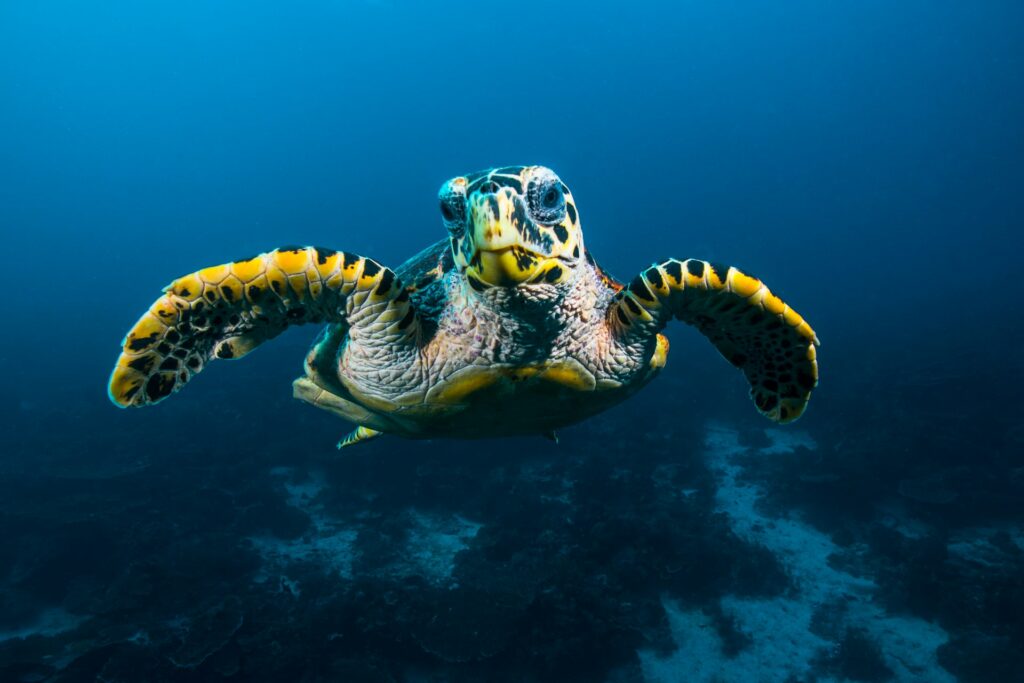
Injured wildlife used to face grim odds, but 3D printing is changing that. Scientists have successfully created prosthetic beaks for birds, new shells for turtles, and even limb replacements using durable, bio-safe materials. This not only helps rehabilitate animals that would otherwise be euthanised, but also provides a new model for hands-on, restorative conservation. It’s wildlife medicine meets tech innovation.
6. AI listening devices that detect illegal logging and poaching
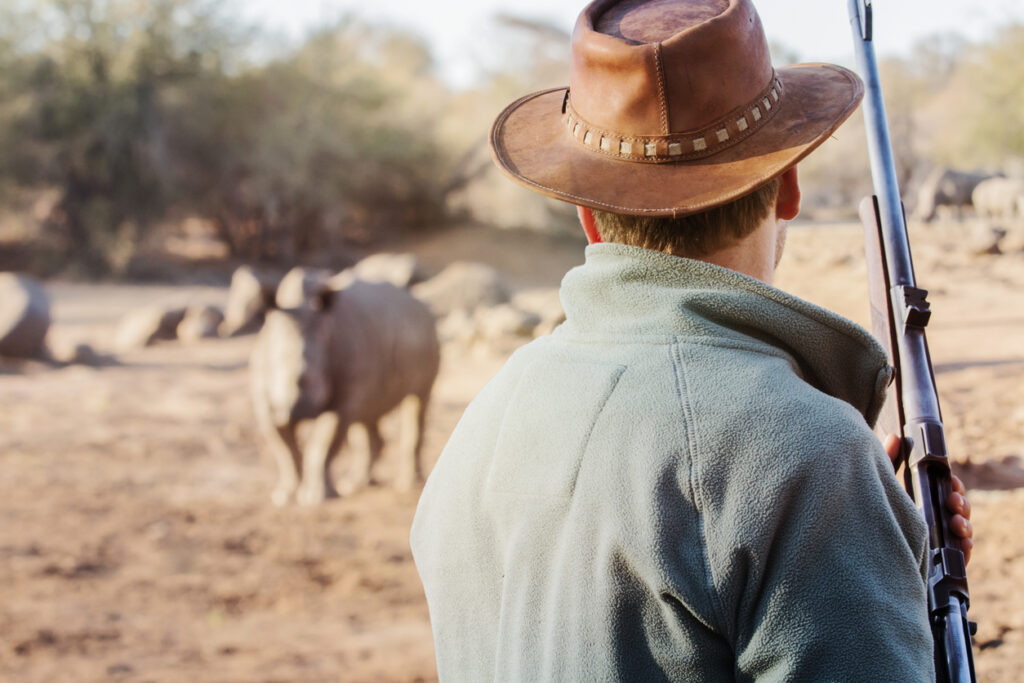
Deep in tropical forests, solar-powered audio sensors are being deployed to listen for the subtle cues of human interference. These devices can pick up the sound of chainsaws, gunshots, or motorbikes and alert park rangers in real time. This kind of acoustic monitoring makes it possible to cover huge areas that would be impossible to patrol on foot. It’s like having an invisible ranger network that never sleeps.
7. Gene banking and frozen zoos
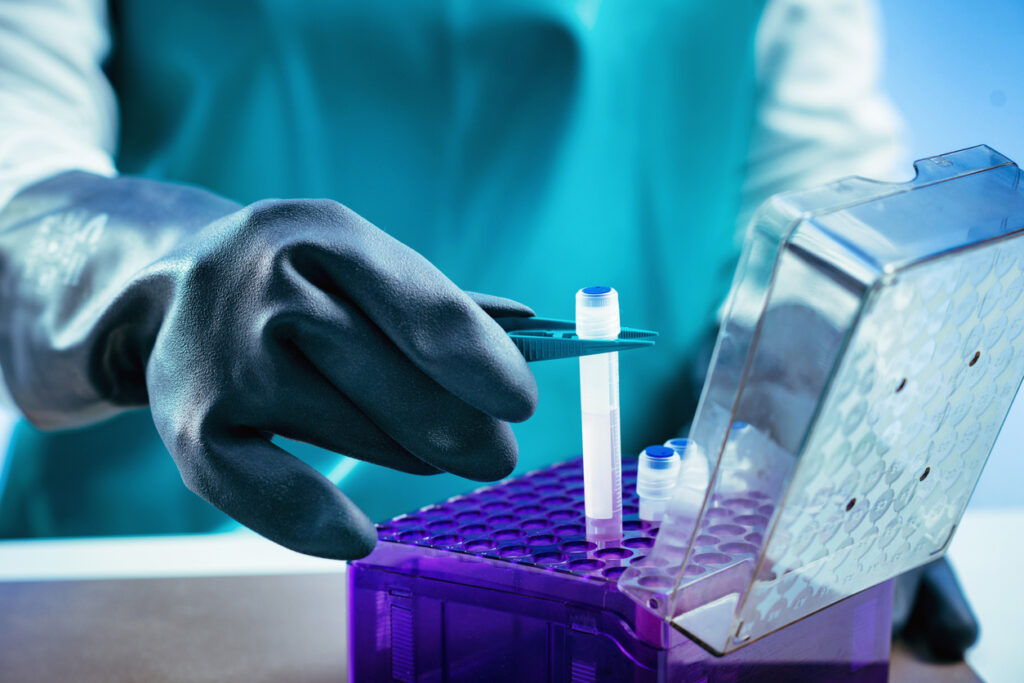
Some conservation teams are banking the DNA of endangered species in frozen form—everything from skin cells to reproductive material. Known as “frozen zoos,” these gene banks hold the potential to revive or bolster species through cloning or IVF. It’s not just theoretical. Genetic material from long-extinct or nearly extinct animals is already being used to study de-extinction and help genetic diversity rebound in ultra-threatened populations.
8. Machine learning predicting animal migration patterns
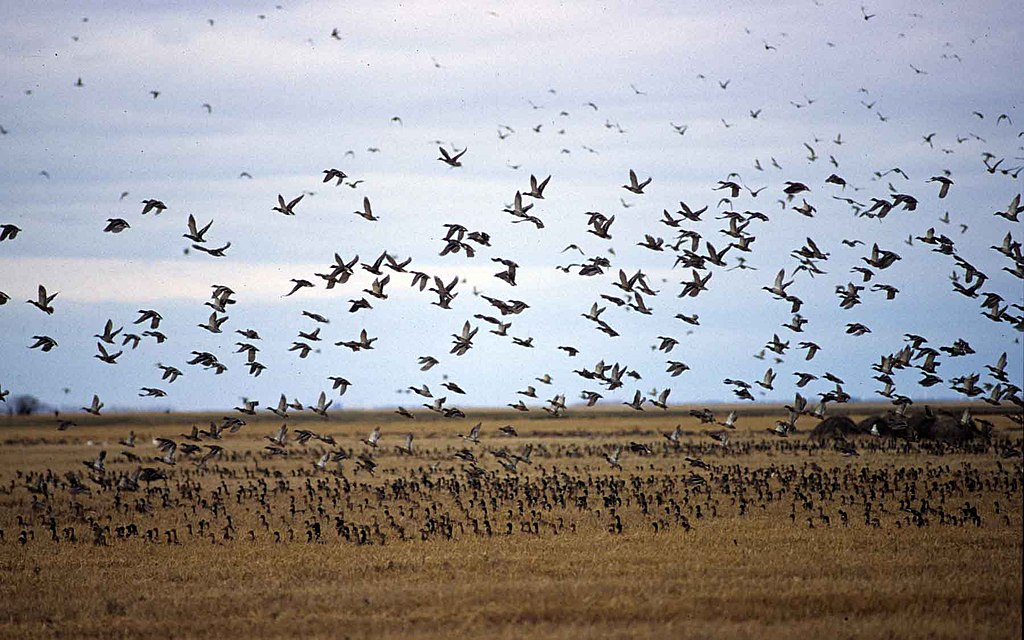
By feeding decades of tracking data into machine learning systems, researchers can now predict future migration patterns for birds, whales, and other migratory species. These predictions are already influencing how we plan development, flight paths, and protected corridors. The tech doesn’t just watch what animals are doing—it helps shape what we should do next to protect them. It’s proactive conservation powered by data intelligence.
9. Underwater robots mapping coral reef health
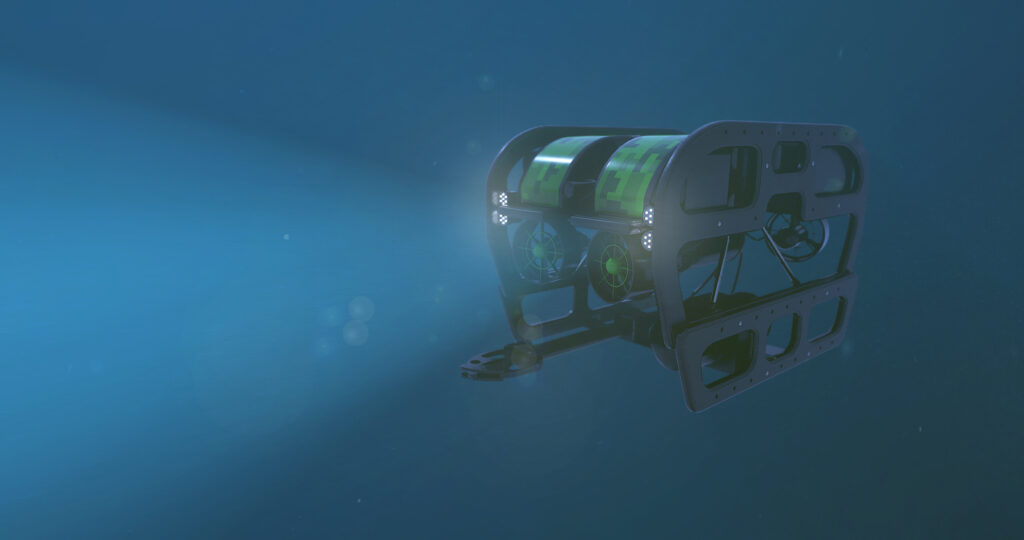
Autonomous underwater drones, often shaped like torpedoes or miniature submarines, are scanning the ocean floor to assess coral health, temperature shifts, and fish biodiversity. These robots can reach dangerous depths and explore delicate areas without harming marine life. They’re replacing what used to be months of slow, manual diving surveys with fast, real-time ecosystem mapping. Some even transmit live footage as they scan reefs under threat from bleaching or pollution.
10. Bioacoustic archives decoding animal language
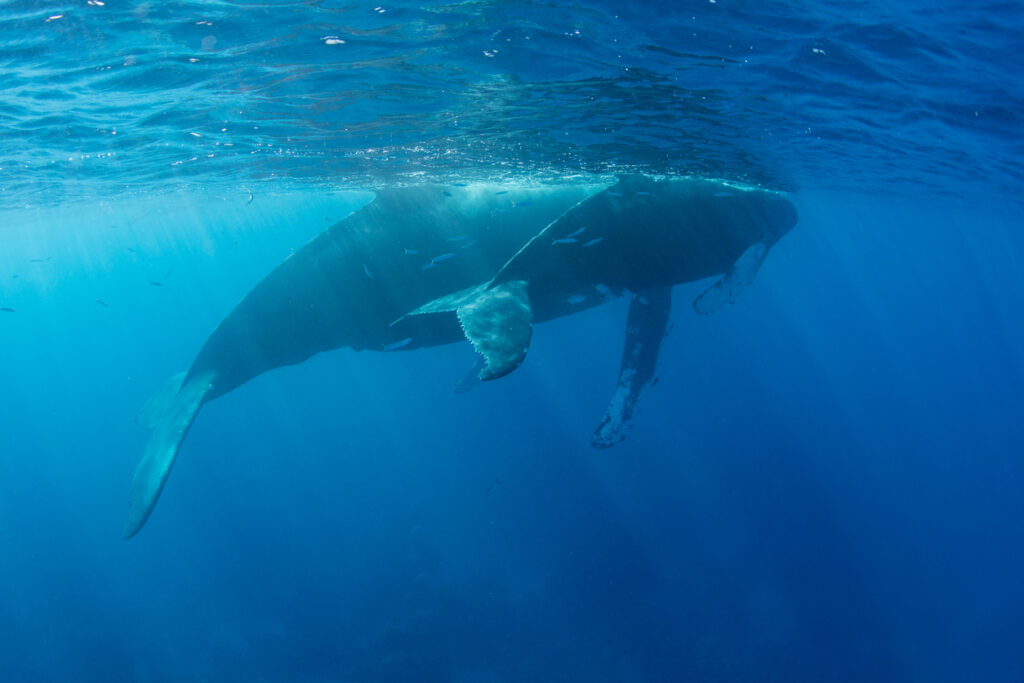
In an effort to better understand, and ultimately protect, wildlife, researchers are building huge archives of animal sounds, from elephant rumbles to whale songs. Using AI, they’re starting to decode what certain patterns mean in emotional or behavioural terms.
The long-term goal? Not just to interpret animal communication, but eventually to respond or warn them of danger using their own vocal signals. It’s early-stage work, but it points toward a future where conservation includes real-time communication across species barriers.